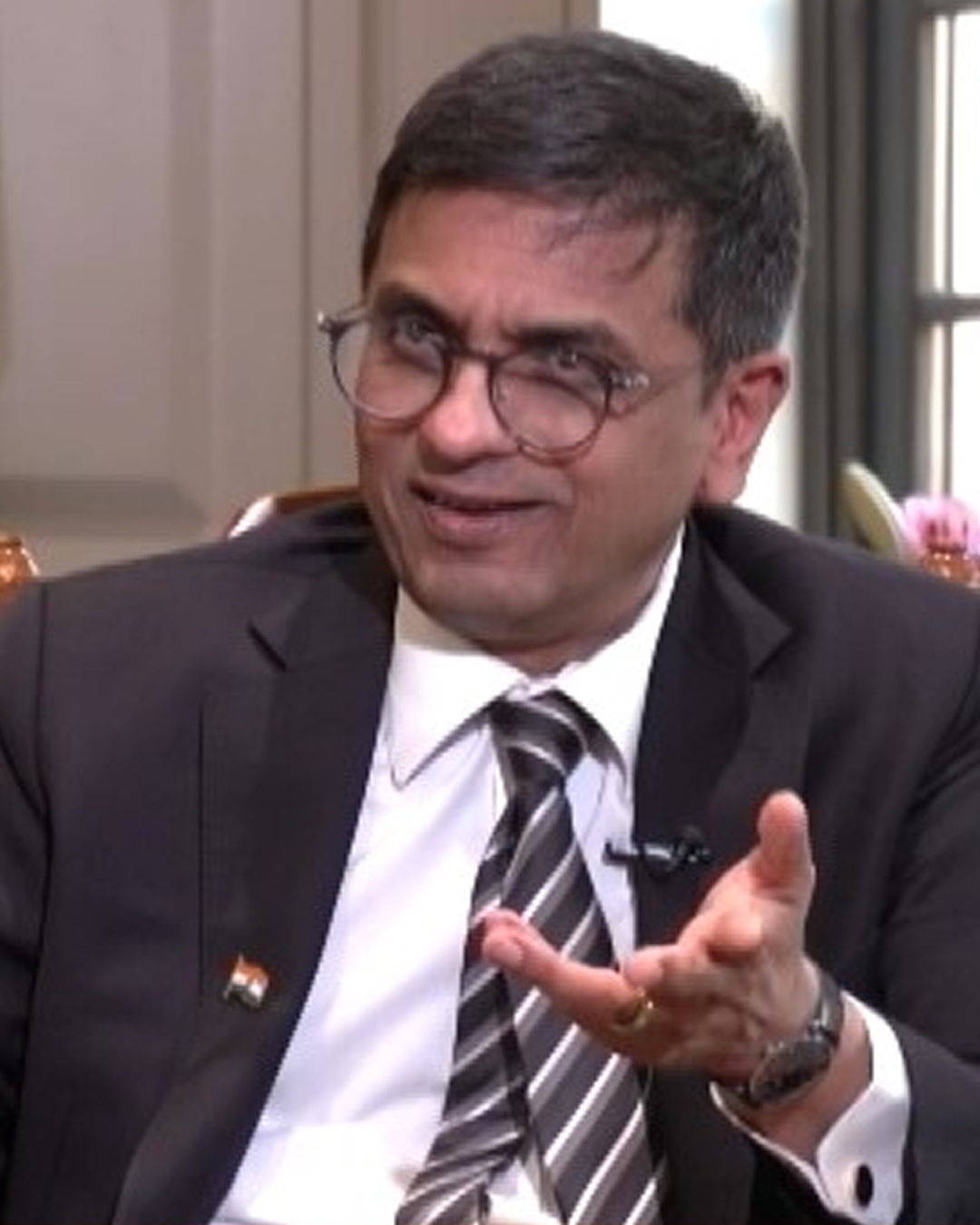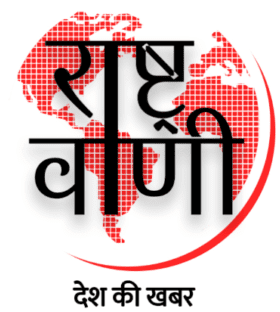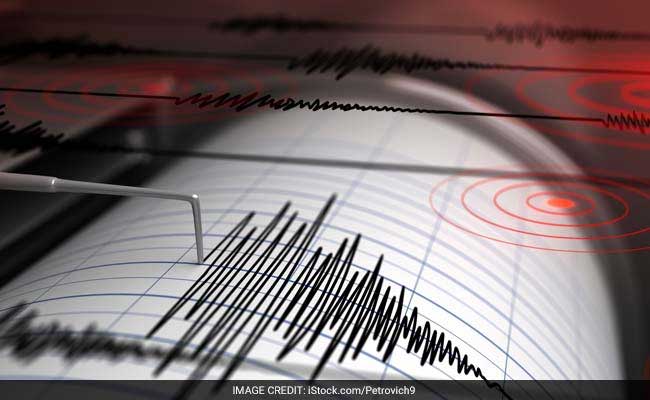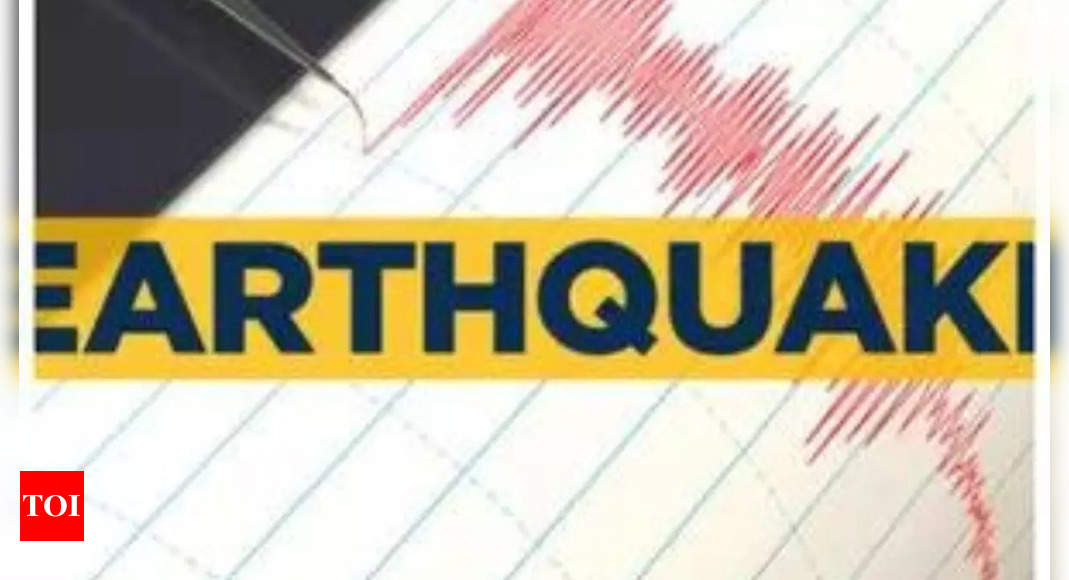
[ad_1]

New Delhi:
The use of technology in judicial work, which takes it to the common man and helps bring faith on the legal system is a task he has taken as his mission, Chief Justice of India DY Chandrachud told NDTV today. In an exclusive, overarching interview, Justice Chandrachud also discussed the problems of the district courts, reassuring the common man about the rule of the law, his dietary preferences and everything in between.
“I personally feel that all citizens have a vital stake in understanding what work is done by the courts,” Justice Chandrachud told NDTV. This, he said, is because at one level, the institutions run from public revenue so the people have a right to know.
“But beyond that, I think common citizens will have a sense of faith and confidence in the work which we do as courts once they realise the seriousness with which even the smallest of issues… the court has to decide,” he said.
These could include someone’s pension, loss of job, a case or arson or someone in jail without parole.
“We take each of these issues very seriously. It is one thing for common citizens to see what is happening and very different to read what is happening when you see something, you understand what the courts are doing,” Justice Chandrachud said.
The other aspect of this is ensuring that no one is left behind, even in a country like India with its technological divide. He said he has been chairing a project to open E-seva kendras across districts that makes all of this accessible to the common people.
“As on February 29 this year, 3.09 crore cases have been heard on video-conferencing mode all over the country — in high courts and district courts,” he said.
To reassure the district courts and sort out their problems, the Supreme Court has also undertaken to ramp up the dialogue – through pan-India conferences.
Talking of one such conference held recently that saw the participation of over 250 district judges, he said it was a learning experience since district courts are in direct contact with the people.
So through these, “We begin to learn a lot more about the problems of the stakeholders in our system — litigants, lawyers who come to court, marginalised groups who seek access to justice, women – what kind of issues they have when they have a case in a court,” he added.
This, he said, is the forerunner of a larger conference of over 1,000 judges.
[ad_2]
Source link







